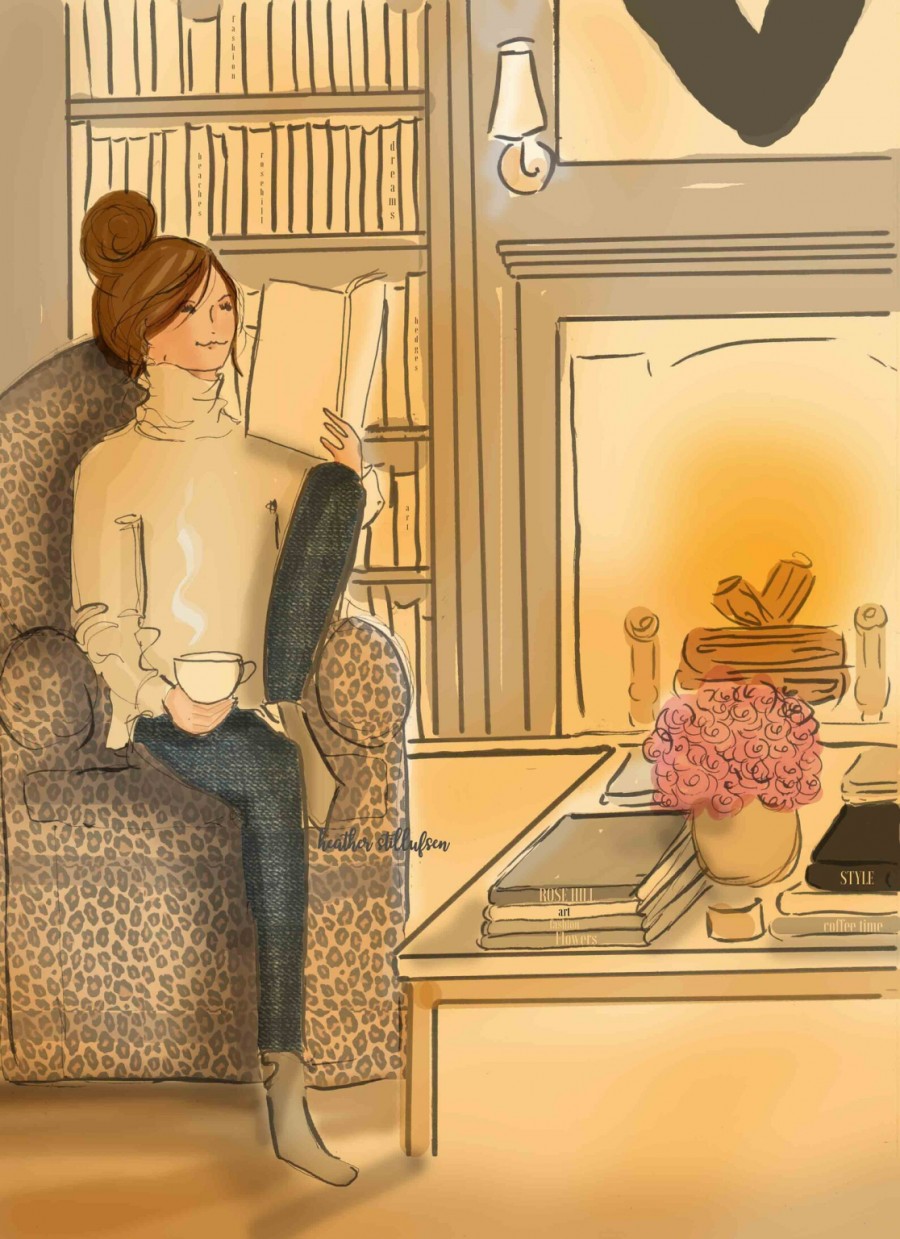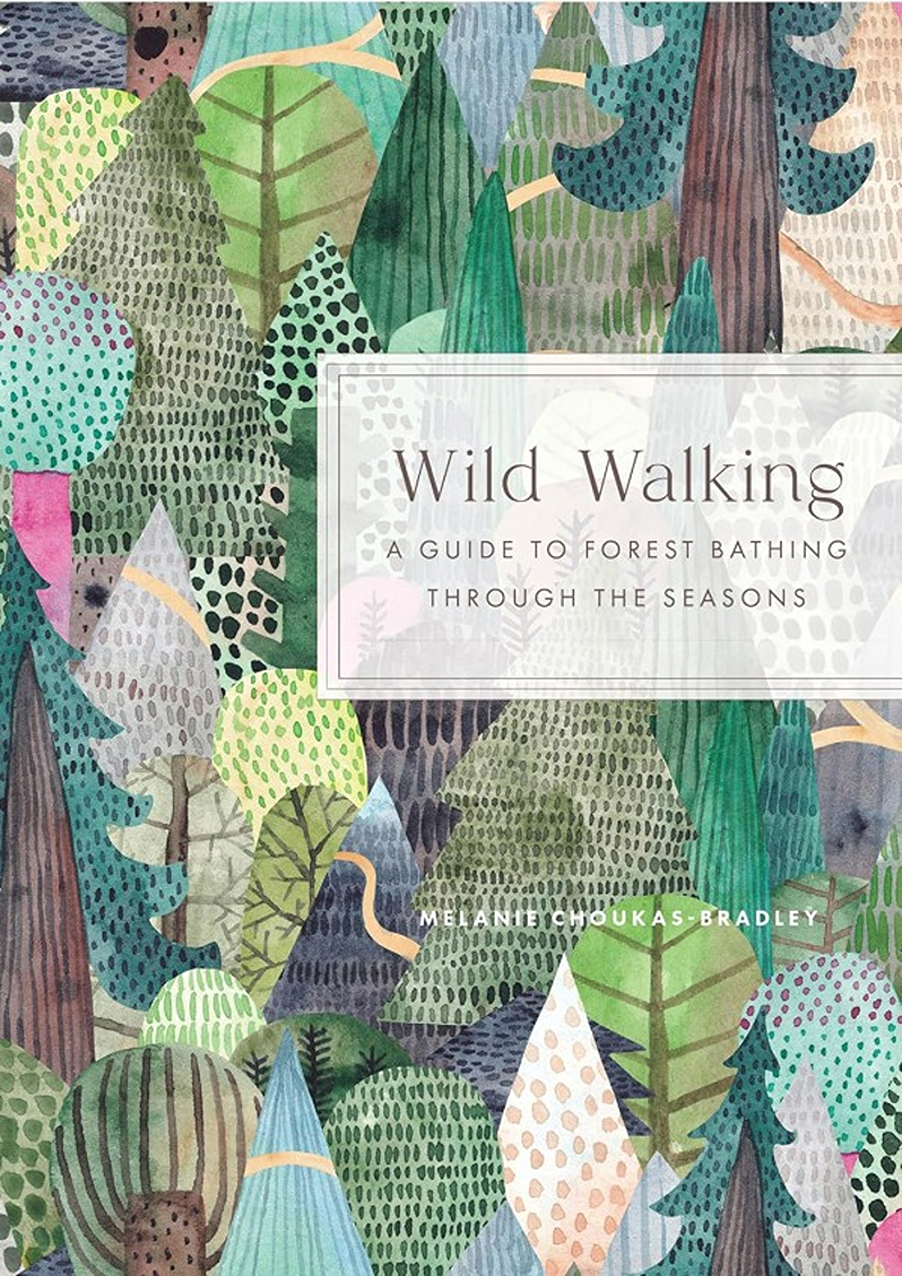Real Fire Safety (and prevent chimney-nesting birds)

Many people enjoy a real fire, but it’s important to do this safely and sustainably. Whether you choose longer-burning hard woods or faster-burning softwoods, seasoned wood has reduced moisture so less chance of creosote build-up in chimney, to lower fire risk.
Hotmax wood briquettes are smokeless fuel made from recycled softwood dust and wood particles, that are denser, drier and burn cleaner than kiln-dried or seasoned hardwood logs.
They are also quick and easy to light, and give high heat very fast, with low emissions and minimal ash residue. Start the fire with a few of the thinnest disks, created by breaking or chopping slices off a bigger log. Then just add more logs to steadily build your fire.
Building and Maintaining Log Fires
The two most popular ways to build a fire are the teepee method (arrange kindling in a cone shape and leave space for air to circulate) or the log cabin method (two large logs are arranged with smaller logs on top in alternate directions, for airflow and stable burning).
Airflow is vital for a hot fire, and opening the vent allows more oxygen to fuel the flames and increase output, and of course reducing airflow can slow the fire if needed. Add logs when the flames are strong, but before the fire goes out.
Avoid burning paper (creates ‘floating embers’, treated wood or plastics, as these materials release toxic fumes and harmful chemicals.
Safety Tips for Enjoying Your Log Fire
- Use a fire guard as a barrier for children and pets, ensure it fits well and is the right size.
- Use a smoke alarm, and check the batteries weekly. If in a closed room, also use a carbon monoxide monitor.
- Ensure fires are out before leaving rooms. Install and check smoke alarms (and ensure everyone knows escape plans).
- Keep chimneys and flues clean, and use a qualified chimney sweep once a year (twice if burning logs). Keep surrounding area well-maintained.
- For risk of chimney fires (sparks, flames, smells, roaring noises), get everyone out, close the door and call 999.
Are Thatched Buildings Safe with Log Fires?
Thatched roofs are usually fine if you mend cracked bricks and follow log-burner fire safety advice. Experts say to line chimneys and add a chimney pot (at least 1.8 metres above thatch) to prevent creosote build-up.
- Check stoves yearly and have chimneys swept yearly. Keep fire blankets/extinguishers nearby, don’t use blowtorches (or heat gun) and don’t light bonfires or release fireworks/fire lanterns.
- Use fire-resistant covers for light fittings (including downlights) and fit an outside tap, so a hose can quickly reach around the building.
- Check for stained walls or dark deposits on chimneys, crumbling chimneys, scorching to wood lintels or soot on cobwebs.
- Some builders offer fireproof barriers between roof timbers and thatch layers, with a vapour check barrier between ceiling and loft space. Find help at National Society of Master Thatchers.
How to Prevent Birds Nesting in Chimneys

Many birds (especially crows and owls) like to nest in chimneys, and often return each year to the same place. It’s illegal to disturb birds that nest in chimneys, so the best idea is to prevent nesting in the first place.
If a bird is trapped in a chimney, turn off the gas/electricity to the fireplace, then create a dark quiet room with one open window or door, and place a bright torch at the hearth to lure it down, so it can fly out naturally (or catch it in a box to release).
Have your chimney swept once a year (when all birds have gone at end of season). Schedule chimney bird-proofing, cleaning, or repairs outside nesting months, usually late autumn or winter.
Don’t install insulation until you’re sure birds have moved on. For gas fires, you’ll need a qualified fitter to move your fireplace away from the chimney opening, to conduct any work.
Signs of nesting birds include droppings, twigs, leaves and feathers, or noise with visible entry holes. You can try shining a torch down the chimney using an angled mirror, to spot nests in low light or hard-to-reach areas, without disturbing birds.
Chimney cowls & caps can help prevent smoke blowing back into homes. These sit on your chimney pot to block birds, some with mesh covers to keep small birds out, without blocking airflow. Install correctly so oxygen can circulate.
Make sure your cowl fits well on your chimney top. A loose cowl can let birds slip in or get damaged by wind. Check your cowl regularly for rust, damage or blockages from leaves. Cleaning it once a year keeps it effective.
Helping Stray or Orphaned Birds
Check if the birds need rescuing (many fledgling birds learning to fly, have parents nearby). If there is no sign, look around for a nest and gently place the chick back inside.
If you don’t see the parents for an hour or more, intervention may be needed. If the bird is injured or too young with few/no feathers to place in a high tree to safely observe, call your local wildlife rescue. Include the location where you found the bird, a description of its condition and the species, if known.
Place the chick in a small box lined with a soft cloth (no tassels on towels), and keep in a warm spot away from children, pets and noise. Do not feed the bird or give water. Rescuers have training to care for the bird properly (do not handle the bird unless necessary).






